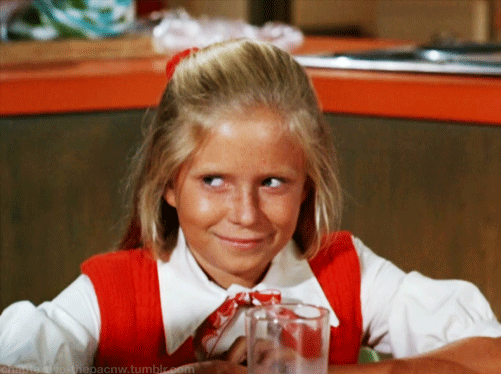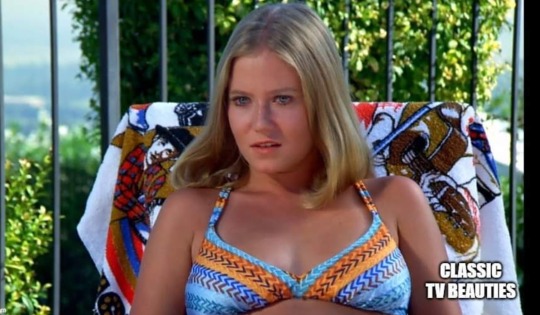#eve plumb
Text

The Brady Kids
#1960s#60s#The Brady Bunch#magazine#pin up#Barry Williams#Maureen McCormick#Christopher Knight#Mike Lookinland#Susan Olsen#Eve Plumb#~
54 notes
·
View notes
Text



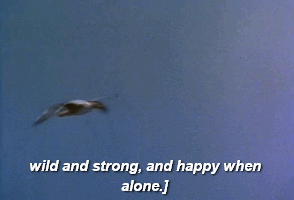

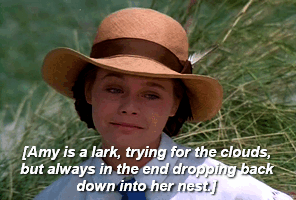
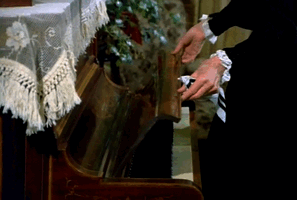
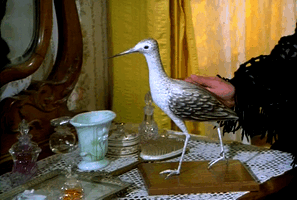
Jo could not speak, and for several minutes there was no sound but the sigh of the wind and the lapping of the tide. A white-winged gull flew by, with the flash of sunshine on its silvery breast. Beth watched it till it vanished, and her eyes were full of sadness. A little gray-coated sand bird came tripping over the beach ‘peeping’ softly to itself, as if enjoying the sun and sea.
LITTLE WOMEN (1978)
Dir: David Lowell Rich
#Little women#perioddramaedit#adaptationsdaily#Little Women 1978#Jo March#Beth March#Susan Dey#Eve Plumb
76 notes
·
View notes
Text
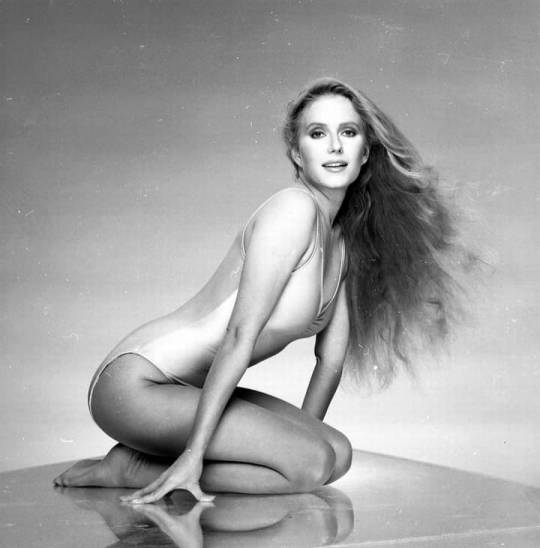
Eve Plumb photographed by Harry Langdon.
102 notes
·
View notes
Text
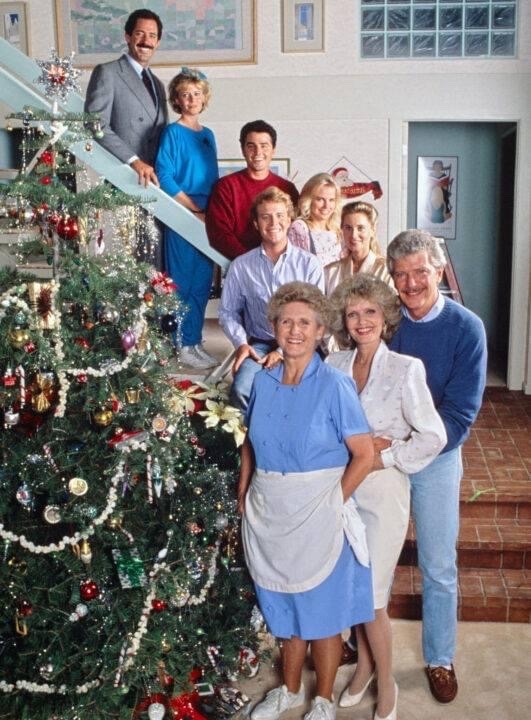
#80s tv#the brady bunch#a very Brady Christmas#reunion#Robert reed#Mike Brady#florence henderson#carol brady#Ann b. davis#Alice Nelson#Alice#barry williams#Greg Brady#maureen mccormick#marcia brady#christopher knight#Peter Brady#eve plumb#Jan Brady#mike lookinland#Bobby Brady#Jennifer Runyon#Cindy Brady#Christmas
22 notes
·
View notes
Photo

Born on this day 65 years ago: actress Eve Plumb (née Eve Aline Plumb, 29 April 1958). For members of generation X like me, Plumb is a totemic figure in popular culture, forever synonymous with Jan Brady, the whiny middle sister tormented by jealousy over her pretty and popular older sister Marcia (“Marcia! Marcia! Marcia!”) in ultra-kitsch seventies sitcom The Brady Bunch (1969 - 1974). Plumb invested a tsunami of anguished intensity to the role of misfit Jan. Take for instance the classic episode “Will the Real Jan Brady Please Stand Up?” from 1971 in which Jan - as ever, craving attention - decides to reinvent herself by donning a shaggy brunette wig to attend a birthday party. Jan is painfully serious, but the other kids assume she’s joking and laugh. Humiliated, Jan’s face instantly twists into a Kabuki mask of agony, her eyes glistening with tears. Jan! Marcia has already reached her zenith in high school. It’s all downhill for her. The future is yours! You just know that within a few years, alienated Jan would have stuck a safety pin through her nose and found solace in the furious punk music scene that was just around the corner. Plumb’s post-Brady Bunch made-for-TV movie Dawn: Portrait of a Teenage Runaway (1976) is also a sacred text. Crank up the 1990 song “Jan Brady” by The Lunachicks in tribute.
#eve plumb#jan brady#the brady bunch#will the real jan brady please stand up?#lobotomy room#the lunachicks#kitsch#sitcom#alienation
92 notes
·
View notes
Photo


#the brady bunch#davy jones#christopher knight#eve plumb#susan olsen#mike lookinland#1971#monkees other#1970s#70s tv#mine
107 notes
·
View notes
Text
"LITTLE WOMEN" (1978) Review
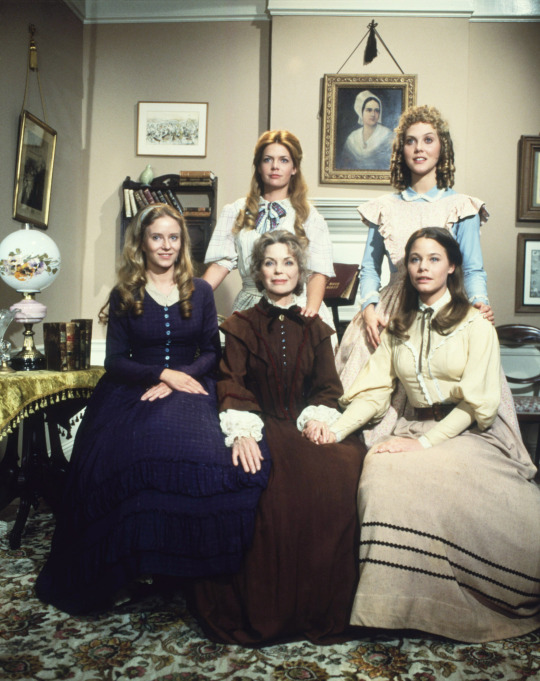
"LITTLE WOMEN" (1978) Review
There have been many adaptations of "Little Women", Louisa May Alcott's 1868 novel. And I have seen most, if not all of the live-action versions. But the first adaptation I have ever seen was NBC's adaptation that first aired back in 1978. If I might be honest, I ended up developing a rather high opinion of it.
Since my first viewing of 1978's "LITTLE WOMEN", I have seen other adaptations. And over the years, I had developed this belief that this television production from 1978 had not been good as I had originally believed. It took many years for me to give this two-part miniseries a second chance. "LITTLE WOMEN" told the story of Josephine (Jo) March and her three sisters during the 1860s - Meg, Beth and Amy. The two-part miniseries opened during the Christmas holidays in December 1861 and follow the sisters, their other family members and friends throughout the Civil War and the early post-war years. Because Jo is the main character, despite being the second sister, this adaptation of "Little Women" has the distinction of being the only version that allows her to serve as narrator.
After my recent re-watch, I could see why my opinion of "LITTLE WOMEN" had diminished over the years . . . at least from a superficial point-of-view. To be blunt, I was not that impressed by the miniseries' production values. The entire production was shot on the Universal Studios backlot and one could sometimes see the California hills in the background. Granted, I still believe set decorator Richard G. Goddard, art director Howard E. Johnson and cinematographer Joseph F. Biroc did the best they could to recreate 1860s Concord, Massachusetts, New York City and Italy. But I did have a problem with the miniseries' costume designs. On the surface, they seemed . . . serviceable for a television production set during the 1860s. But if I must be frank, the costumes also looked as if they had been taken from a costume warehouse for second-rate stage productions. Even worse, all or most of the actresses seemed to be wearing mid-to-late 1970s shoes underneath their mid-19th century dresses and gowns. I was shocked to discover that one of Hollywood's most iconic costume designer, Edith Head, had created the miniseries' costumes. So . . . what on earth happened? Head had created the costumes? "LITTLE WOMEN" was not even Head's first or last period drama. So, what happened?
Did I have any other problems with "LITTLE WOMEN"? Well . . . I did not care for leading actress Susan Dey's hairstyle in the second part of the miniseries. I realize her character, Jo March, had cut her hair to raise funds for her mother's journey to Washington D.C. But her hair never grew back. Never. Instead, it remained shorter than it originally was and styled into a bob. Why? And I had a problem with two particular performances. I will discuss one of them later. The other involved leading lady Susan Dey serving as the miniseries' narrator. Do not get me wrong. Dey is a fine actress and did the best she could. But I found her narration a bit clunky and unnecessary, thanks to the words provided to her by screenwriter Suzanne Clauser's teleplay.
Despite my quibbles, I found a lot to admire about "LITTLE WOMEN". I believe its status as a two-part miniseries, instead of a movie, screenwriter Suzanne Clauser had plenty of opportunities to fully adapt Alcott's novel with less shortcuts and more depth. I have always believed that Alcott's novel was basically a coming-of-age story for Jo March and her three sisters. To me, this made any adaptation of "LITTLE WOMEN" a major character study. And if there is one thing that the two-part miniseries did well was explore its characters and their situations with great depth.
This especially seemed to be the case of Jo's relationship with her neighbor and friend, Theodore "Laurie" Laurence, his personal relationship with his grandfather James Laurence, Amy's European trip and her romantic travails, and Meg's relationship with Laurie's tutor John Brooke. I was especially impressed by the production's handling of Jo's relationship with Professor Friedrich Bhaer. I found it very dynamic, thanks to Suzanne Clauser's screenplay, along with the performances involved. Some, but not all of the adaptations of Alcott's novel tend to forget - at times - that part of it spanned most of the U.S. Civil War. Fortunately, this adaptation never forgot. And as much as I seemed critical of the miniseries' narration, it also reminded television audiences that . . . yes, part of "LITTLE WOMEN" was partially set during the Civil War.
Speaking of performances, "LITTLE WOMEN" had the blessed luck to feature a first-rate cast. I may not have been impressed by the narration provided by Susan Dey (for which I blame another), I was more than impressed by her portrayal of the story's leading character, Josephine "Jo" March. I though she did a superb job in capturing Jo's mercurial personality and obsession with her developing profession as a writer. Meredith Baxter gave an excellent performance as the oldest March sister, Margaret "Meg" March. She conveyed Meg's vanity and obsession with the family's social status and stubborn refusal to give up her love for John Brooke. My only issue is that I believe the actress may have been a bit too old portraying a character that aged from 16 to her early 20s. Eve Plumb portrayed the shy, yet musical Elizabeth "Beth" March. I thought she did an excellent job of combining Beth's emotional, yet retiring nature and in the end, gave a very poignant performance. Ann Dusenberry was roughly 24 to 25 years old when she portrayed the youngest March sibling, Amy. Before my recent re-watch of "LITTLE WOMEN", I had assumed she was too old to portray a younger Amy. But upon my viewing, I realized that she actually managed to give a rather convincing and skillful performance of Amy during the war years (between ages 12 and 16) without to resorting to exaggerated histrionics. And I also admired her portrayal of the older Amy who found herself drawn between two men during her European trip.
I cannot deny that most of the actors who have portrayed Theodore "Laurie"/"Teddy" Laurence over the years gave some pretty damn good performances. But I believe that Richard Gilliland's portrayal of the emotional and moody "Laurie" has to be one of the two best I have ever seen, hands down. His only equal - at least in my eyes - is Jonah Hauer King's performance in the 2017 BBC miniseries. But if I had to choose my favorite portrayal of Laurie's stern, yet warm grandfather, James Laurence, it would be the one given by Hollywood icon Robert Young in this miniseries. May I be frank? I believe both actors provided some of the production's best dramatic moments in their depiction of the developing relationship between grandson and grandfather.
Dorothy McGuire gave a fine performance as Mrs. March aka "Marmie", the four sisters' mother. Thanks to the actress' performance, her Mrs. March seemed more like a well-rounded human being, instead of an archetype. Greer Garson was in fine form as the March family's tart-tongued, yet wealthy matriarch, Aunt Josephine March. William Shatner was excellent as the German-born professor who befriended Jo in New York City, Professor Friedrich Bhaer. Although I found his German accent a bit questionable, I cannot deny that he managed to provide a great deal of energy and complexity to Friedrich's relationship with Jo. Cliff Potts gave a solid performance as Meg's love interest and Laurie's tutor, John Brooke. I can say the same about Virginia Gregg, who portrayed the family's housekeeper, Hannah Mullet. I wish I could provide a better opinion of William Schallert's portrayal of the sisters' father, John March, but his presence in the miniseries seemed very limited, aside from one scene that featured the birth of Meg's children. One performance really failed to impress me and it came from John de Lancie, who portrayed Laurie's English-born classmate from Harvard and Amy's suitor, Frank Vaughan (Fred in the novel). Quite frankly, I found his performance a bit off. Knowing de Lancie for the first-rate actor he truly is, I suspect that between Alcott and screenwriter Suzanne Clauser's writing, the character ended up as a flat, one-note plot device - a situation that not even de Lancie could rise above.
Yes, I had some issues with "LITTLE WOMEN". I found some of the production values questionable, especially some of Edith Head's costumes, the hairstyles and one particular character. But overall, I believe it proved to be a first-rate adaptation of Louisa May Alcott's novel. If I must be frank, thanks to David Lowell Rich's direction, Suzanne Clauser's screenplay and a superb cast led by Susan Dey, I consider the 1978 adaptation of Alcott's novel to be among the three best I have ever seen.
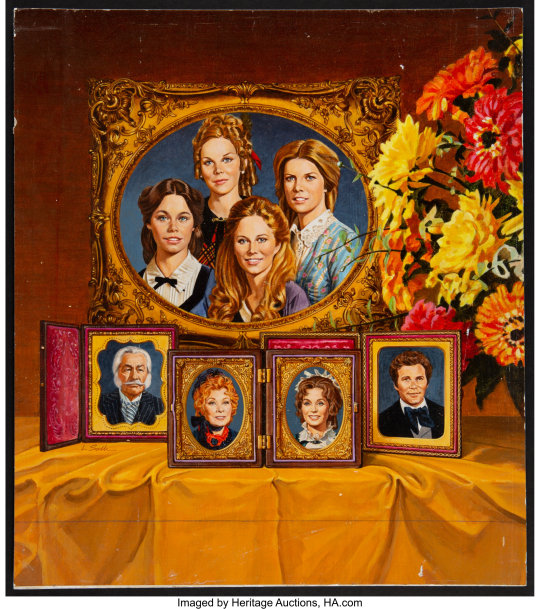
#little women#little women 1978#louisa may alcott#susan dey#jo march#meredith baxter#meg march#eve plumb#beth march#ann dusenberry#amy march#richard gilliland#theodore laurie laurence#dorothy mcguire#marmee march#robert young#greer garson#william shatner#john de lancie#david lowell rich#virginia gregg#cliff potts#u.s. civil war#gilded age#william schallert#joyce bulifant#carlene watkins#period drama#period dramas#costume dramas
11 notes
·
View notes
Note
Jan Brady (The Brady Bunch) - Big Three
Hi there, sweetie! I really hope you like this a lot!
Jan Brady's MBTI Type, Big Three and Enneagram Type
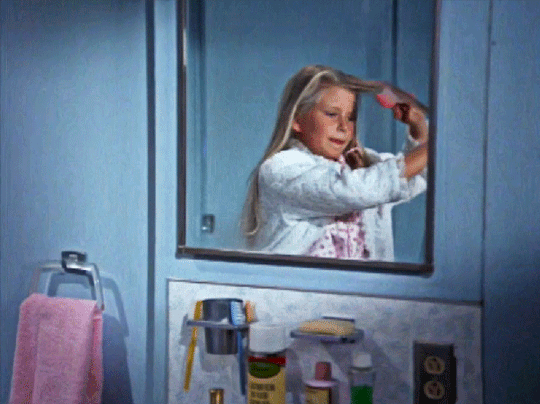
MBTI Type: ISFP [The Adventurer]
ISFP types need plenty of personal space. Though they enjoy building connections with people, they need alone time to think and recharge.
They are very observant, especially focusing on the details more than the overall view. They live in the present and tend to base decisions on what they can see right now.
Adventurers also prioritize emotion when making decisions. They prefer to follow what feels right.
They don’t like schedules, but instead prefer to keep their options open. They are adaptable, spontaneous, and like to challenge the need for strict rules.
Big Three: Gemini Sun, Taurus Moon and Virgo Rising
Gemini Sun: Geminis are chatty and talkative, priding themselves on being in-the-know when it comes to news and gossip. Their dualistic nature allows them to see situations from a number of perspectives.
Taurus Moon: The Moon loves to be in the zodiac sign Taurus. Those with Moon in Taurus delight in the earthly pleasures and seek out emotional security.
Virgo Rising: Virgo ascendants are the fact-finders and checkers of the zodiac. They are fair-minded and slow to anger.
Enneagram Type: 4w5 [The Free Spirit]
Basic Fear: Four wing fives fear having no impact on the world. They may be reserved, but they seek recognition and admiration.
Basic Desire: They desire their own personal identity and may retreat within themselves to discover who they really are.
Free Spirits tend to defend themselves either by withdrawing from others or adapting characteristics of loved ones.
#jan brady#the brady bunch#disneymbti#mbti types#isfp#astrology#zodiac signs#gemini sun#taurus moon#virgo rising#enneagram types#4w5#the free spirit#eve plumb
9 notes
·
View notes
Text
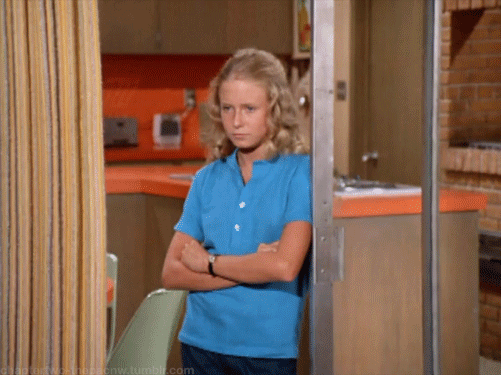
jan, the only child |1972|
#gif#jan brady#the brady bunch#troubled child#eve plumb#jan the only child#1972#classic television#1970s
10 notes
·
View notes
Text

7 notes
·
View notes
Text
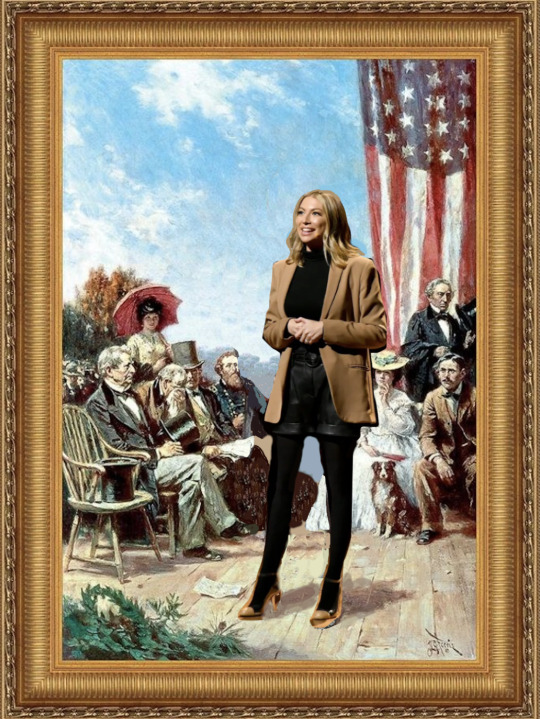
"Eve Plumb did not appear as Jan Brady in 1977's The Brady Bunch Variety Hour but we cannot speak of The Brady Bunch without Eve Plumb".
Stassi Schroeder addresses not being in the Vanderpump Rules spin-off The Valley.
The Stassiburg Address.
2 notes
·
View notes
Text

#70s tv#80s tv#the brady brides#marcia brady#Jan Brady#eve plumb#maureen mccormick#jerry hauser#wally logan#ron kuhlman#phillip covington iii#spin offs#spin off#the brady bunch
25 notes
·
View notes
Text
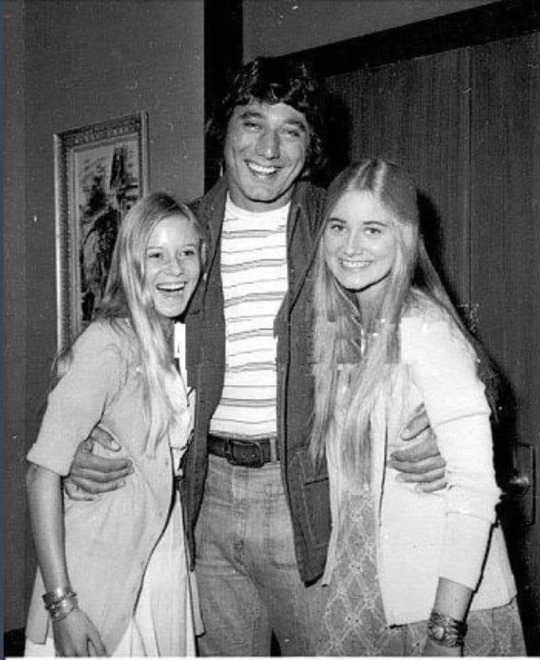
37 notes
·
View notes
